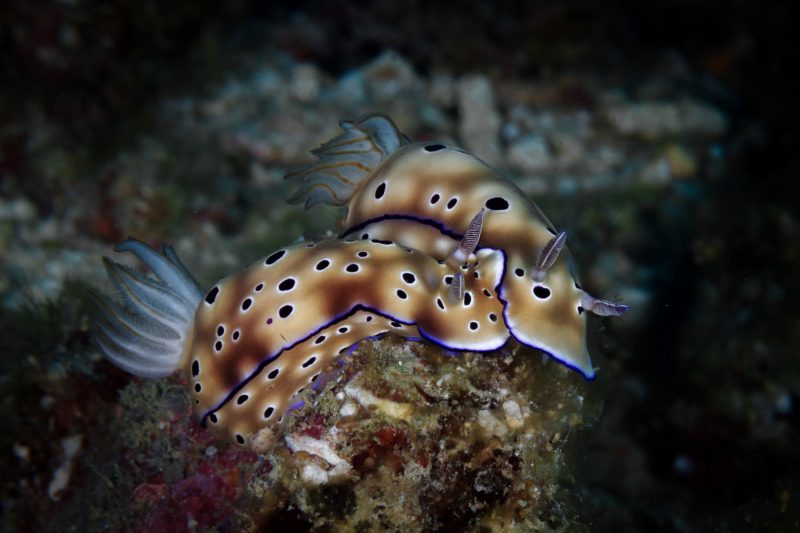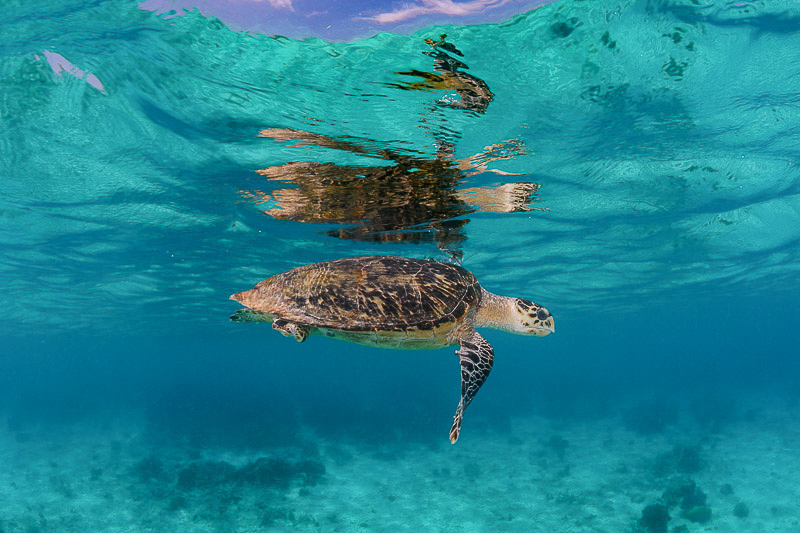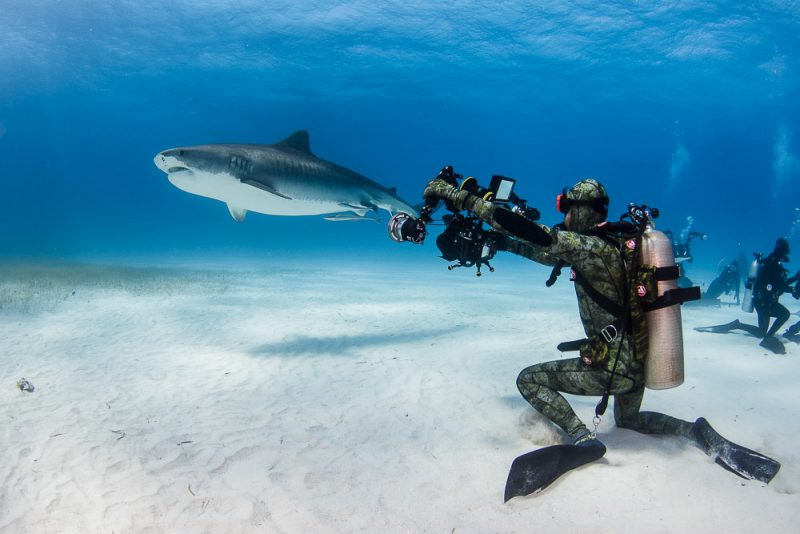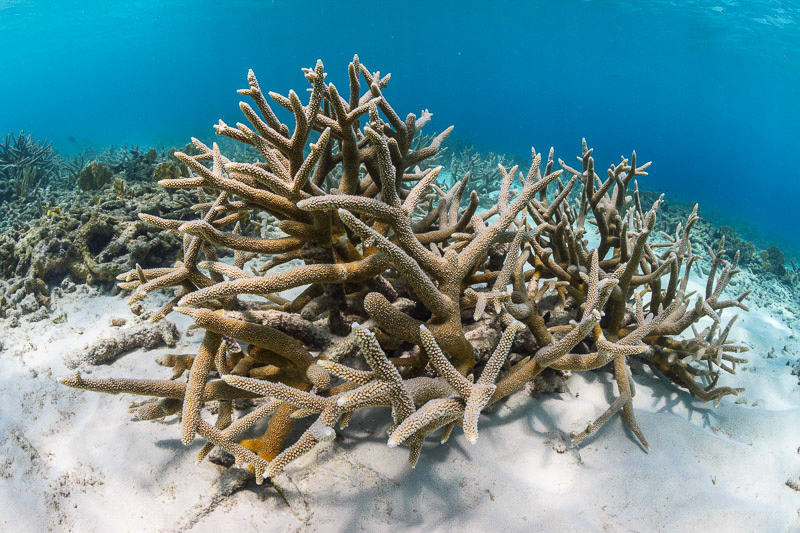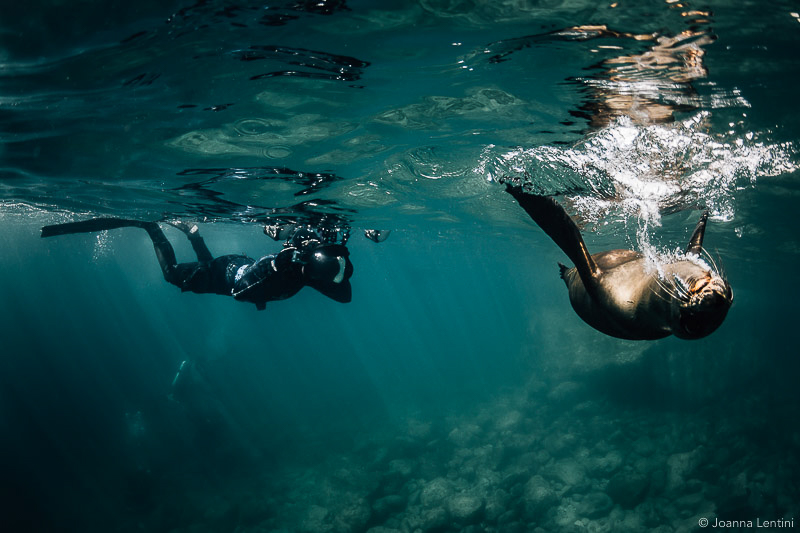How to Choose a Strobe for Underwater Photography

Strobes can be an important element in creating vibrant underwater images. As we descend into the silent world, colour disappears quickly. But strobes help bring that colour back. This guide will look at strobes and lighting in underwater photography, helping you decode the kit and understand how to choose your equipment properly.
There are a few things to take into account when purchasing underwater strobes. Amongst the more important things you’ll want to take a look at are the power of the strobe, the recycle rate, and the angle of coverage.


If you travel a lot, keep in mind the weight of the strobe and the size of the batteries needed/included—as they are not permitted in checked luggage due to safety issues.
When comparing strobes, a few other items to take note of are the strobes’ colour temperature, the number of images you can create per charge, and the size of the strobes’ bulb. Also, keep in mind that underwater strobes need to be connected to your housing either via an optical sync cord or an electronic sync cord – generally one per strobe – and which type all depends on the camera and housing.
Knowing the cost of these items when budgeting for strobes is important, as they can command a decent chunk of your budget. But now, let’s dig a little deeper into each feature and what to look for.
Photo Techniques: 8 Tips for Creating Amazing Lighting in Underwater Photos
1. Strength of the strobe
When shopping around for a strobe, one of your first considerations (besides price) should be the power of the strobe – often referred to as the guide number (GN). Guide numbers are used to determine the appropriate distance or aperture for a correct exposure.
Strobe manufacturers typically publish guide numbers for photography on land; so it can be difficult to get an accurate GN for underwater work. While it is tricky to calculate the correct guide number for underwater work, generally a good rule of thumb is the more power (larger guide number) you can get in a strobe the better.
2. Spread of the light
Knowing how well the light from the strobe spreads across a scene is an important consideration when purchasing a strobe. Think about your own style of photography and the kind of spread that you need for your work.
If you strictly shoot macro, then a narrower angle of coverage should be fine. However, if you like to shoot both macro and wide-angle images then going with something with a wider angle of coverage may make sense.
Be sure to check the degrees of coverage in the product specifications.
Keep in mind that the shape of the bulb plays a role in how the light spreads. Narrow bulbs generally don’t spread as well as circular bulbs, but the difference can be very faint.
3. Diffusers
If wide-angle scenes are something that you regularly photograph, you may want to use a diffuser. Diffusers help to even out the spread of the light, but keep in mind they can decrease the brightness by up to ~¼ stop.
4. The recycle rate
There is nothing more frustrating than waiting for a strobe to recycle. If you shoot action, I would highly recommend getting a strobe with the highest recycle rate you can afford. Missing the shot is not a lot of fun.
Can you imagine waiting three seconds in between bursts as something amazing unfolds before you? At full power, one second is ideal, and two seconds is decent. Of course, if the strobe has less power then the recycle rate should improve.
5. Colour temperature
The colour temperature of a strobe determines how warm or cool the light it emits is. Subsequently, the colour temperature of a strobe can slightly change the colour of the water.
More expensive strobes offer a feature to adjust the colour temperature, but there are also diffusers that help to do the same. You’ll find the majority of strobes range from 4600 to 5600K – with 4600 being warm and 5600 being on the cooler side.
Read more: What is White Balance?
6. The size of the strobe
If you travel a lot, having large strobes can get annoying with limited luggage space. If you shoot more macro than wide-angle, smaller strobes are probably more convenient for tight spaces and little critters anyway – but that’s not to say you can’t use large strobes for macro work.
Investing in strobes requires the photographer to weigh up what matters most to them, and then choose accordingly.
7. Batteries and safety
It’s important to only use batteries that are recommended by your strobe manufacturer. Many underwater photographers use Lithium-ion (Li-on) batteries to power their strobes; while they are normally very safe, they have also been known to cause fires.
If you travel, make sure you pay attention to the airline requirements and consider purchasing a LiPo bag to reduce the risk of shorts and the severity of a fire – even when they are stored at home.
At the very least keep them away from metal, never overcharge, and add covers to the terminals. Finally, try to keep their exposure to heat and humidity limited and store them in a cool, dry environment. This will help prolong their life regardless.
8. Sync cords
As I mentioned earlier, it’s important to budget for sync cords when considering a strobe purchase. Sync cords are the communication between your camera and your strobes, and they can be pricey.
The type of camera and housing you have will determine whether you need an electronic sync cord or an optical sync cord. It’s always a good idea to carry a spare with you as they are known to break, particularly the optical ones as they are quite fragile. Being in a remote location with no backup nearby can put quite a damper on things.
The best strobes for underwater photography
According to the retailer Backscatter the top three strobes of 2019 are:
- Ikelite DS161 (~$950)
- INON Z330 (~$650)
- Sea & Sea YS D2 (~$630)
Some of their other favourite models include:
- Sea & Sea YS-03 DS TTL (~$300)
- Ikelite Substrobe DS160 (~$800)
- INON D200 (~$500)
- Sea & Sea YS-01 DS TTL (~$430)
- INON S2000 S-TTL (~$365)
I personally use INON Z240, but over the years I’ve experimented with the Ikelite DS161 and the Sea & Sea YS D2 – both of which are quite nice strobes.
Keep in mind that you may be able to purchase used strobes from many underwater imaging stores such as Mozaik Cameras, Reef Photo, and Backscatter Underwater Video + Photo. There are also many Facebook groups dedicated to buying and selling used underwater imaging equipment.
Final thoughts
If you are new to photography, I highly recommend learning to shoot with just ambient light in shallower depths. Once you are comfortable with that, add one strobe, go a little deeper and learn how to shoot with just that. After you’ve mastered that, add another, and you’ll be all set at depth.
Read more: The Ultimate Guide to Underwater Photography
With that being said, if you regularly dive deep then you’ll be better off with two strobes from the outset; that’s because past ~21 meters (70 feet) all colours except blue are no longer visible.
I know it can be tempting to dive right in and buy two strobes, but by easing your way into it you will have the opportunity to get a better understanding of light and how it plays an integral part in photography.


